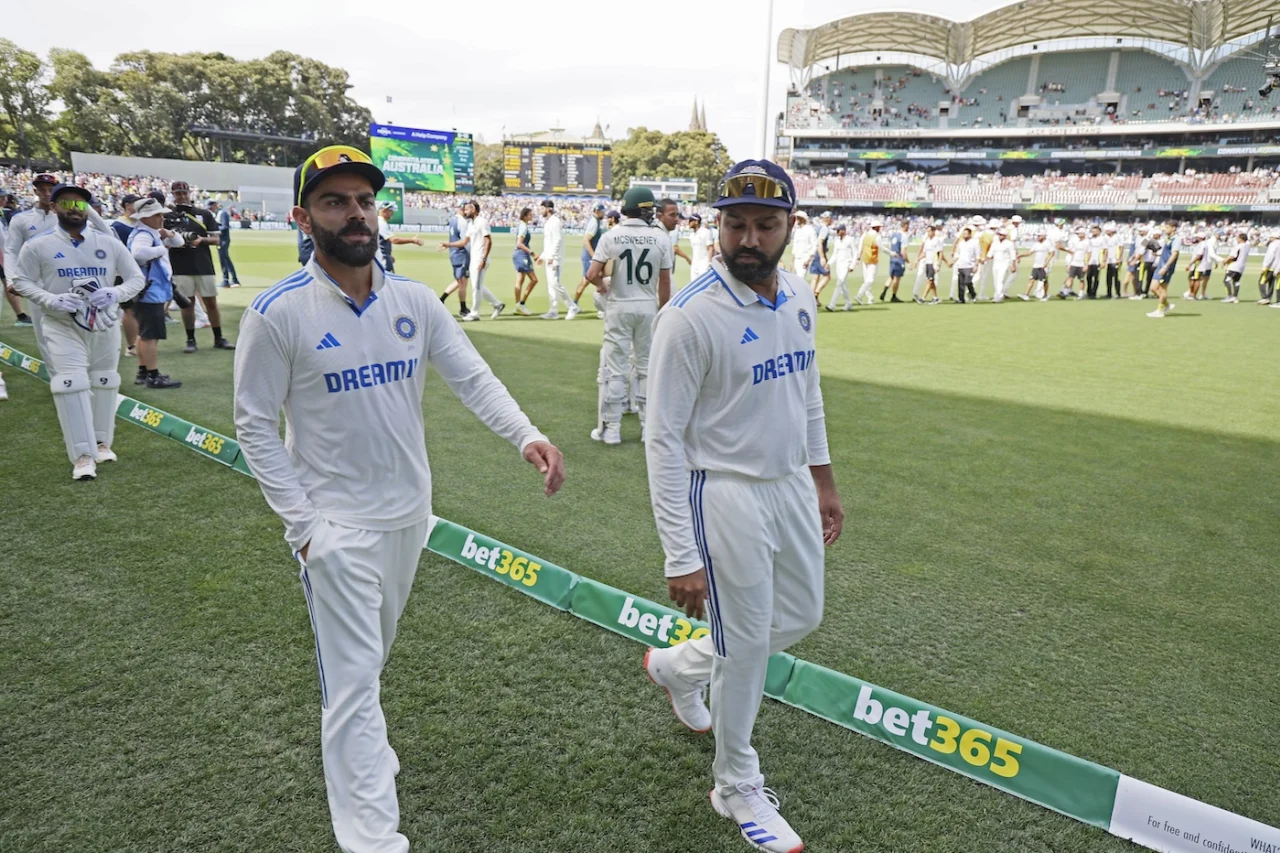
The second Test between India and Australia at the Adelaide Oval, provided not only pulsating cricket but also a range of interesting statistical milestones highlighting that such a match is very distinct from others. From Australia’s complete mastery over Pink Ball Tests to how the contest was brief but fierce, these numbers tell a compelling story about the Test. Here’s how the most interesting statistics play out from the game:
Australia’s Unbeaten Sequence at Adelaide Oval

Australia continued their remarkable record at the Adelaide Oval, maintaining a perfect win-loss ratio of 8-0 in Tests played at this venue. This statistic becomes even more impressive when considering the 12-1 record in Pink Ball Tests, with the only defeat coming earlier this year against the West Indies in Brisbane. The Adelaide Oval has proved to be a fortress for the Australian team, particularly under the day-night format of the game, and this Test was no different.
The Shortest Test Between India and Australia
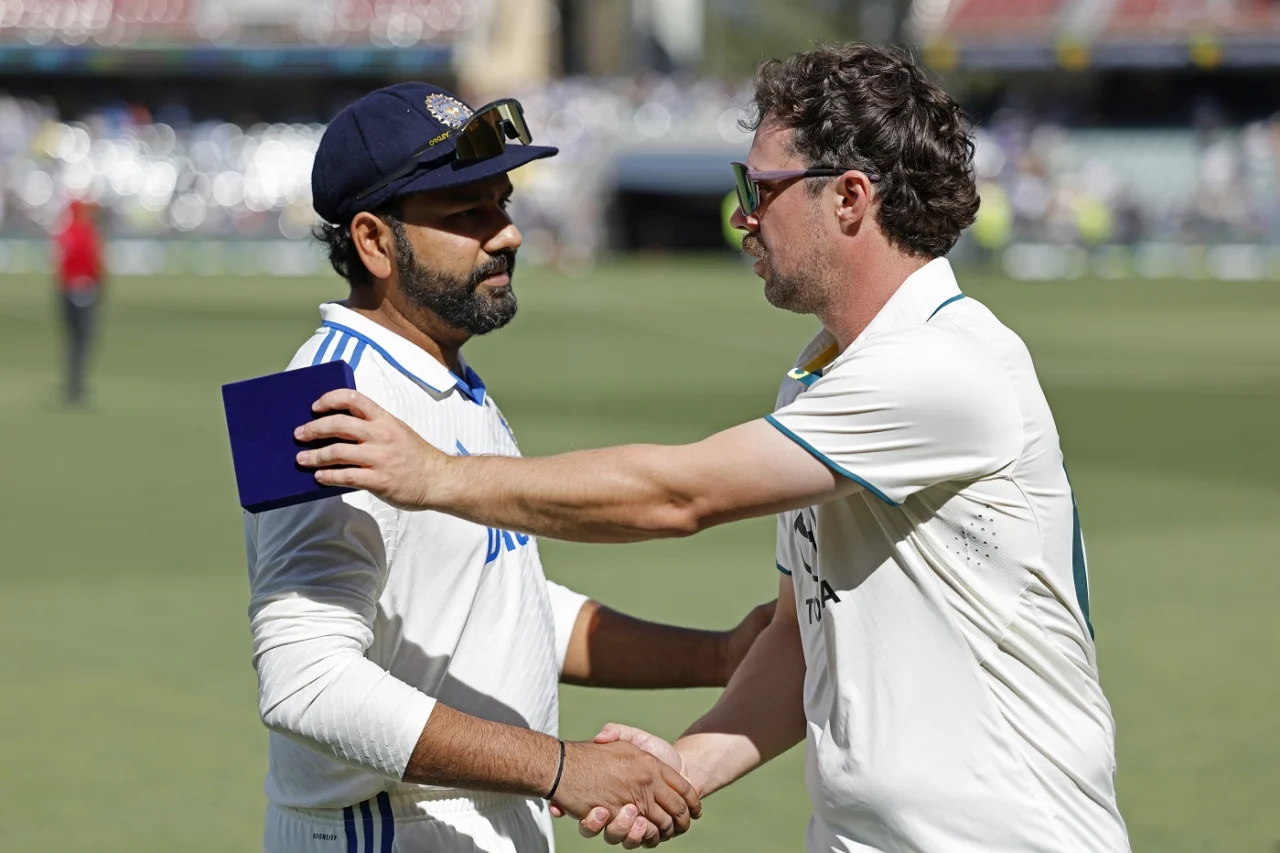
The second Test between India and Australia at Adelaide has the distinction of being the shortest Test between the two nations. A total of 1031 balls were bowled, which makes it the fastest Test match in their history. Previously, the shortest was the 2023 Indore Test where 1135 balls were bowled.
Moreover, it is now the second shortest ever in Australia since 1940, behind only the Brisbane Test between Australia and South Africa last 2022 which lasted only 866 balls. The match at Adelaide also became the shortest-ever Test at the Adelaide Oval, surpassing the previous shortest duration of 1112 balls in a match between Australia and West Indies earlier this year.
India’s Struggles with the Bat
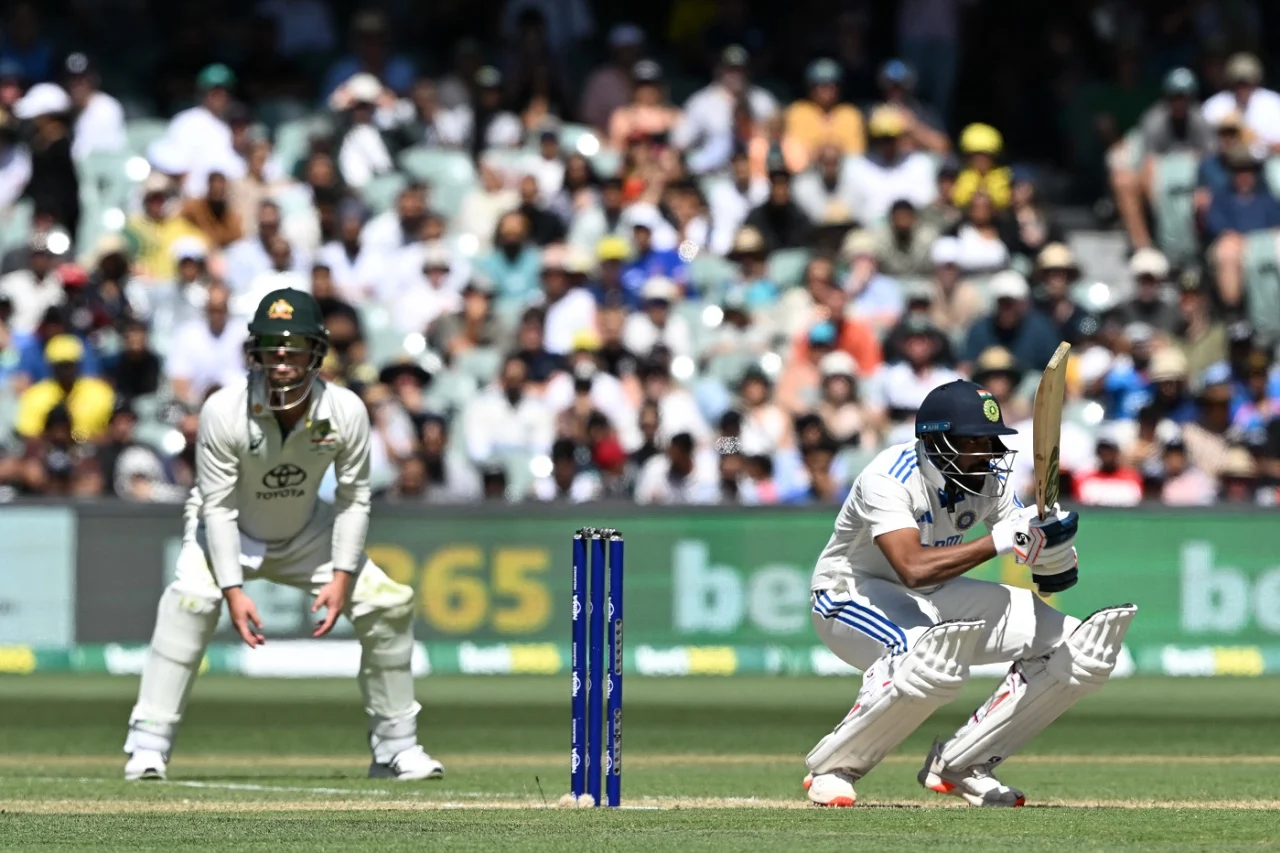
India’s batting performance was another key feature of this Test. India batted for just 486 balls across both innings, marking their fourth-lowest total for a team that was bowled out twice in a Test. The lowest number of balls India has batted in such instances came during their defeat to England in the 1952 Manchester Test, where they batted for only 349 balls.
However, the Indian batsmen’s lack of ability to put any significant partnerships together under pressure ended in their defeat in this Test match.
India’s Record in Games Lost by 10 Wickets
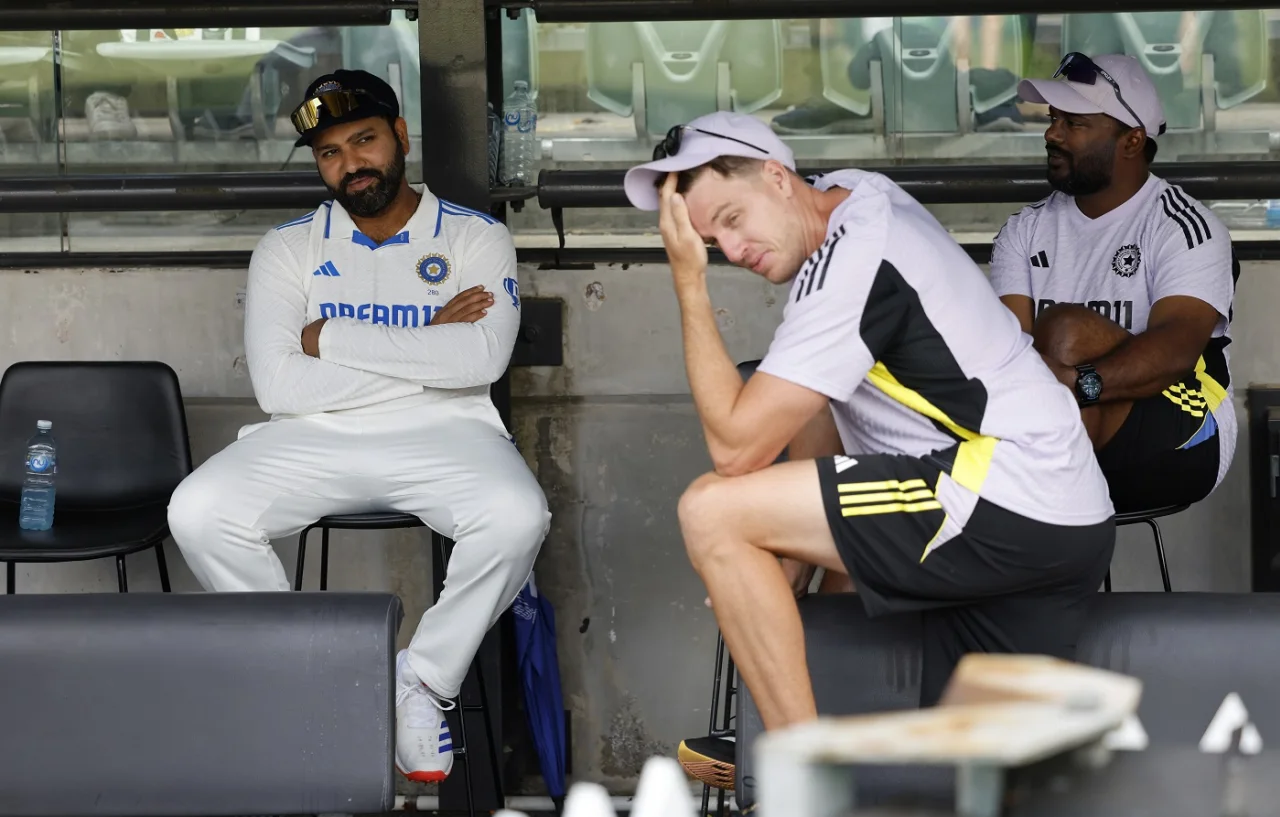
This 10-wicket defeat marks the 19th time India has lost a Test by such a margin. It is only second to England which holds the record for the highest number of defeats by 10 wickets with 25 losses by the same margin. Australia tops the world with 32 wins by 10 wickets. It shows the supremacy they enjoy in dominating a game comprehensively.
Pat Cummins’ Outstanding Bowling Record
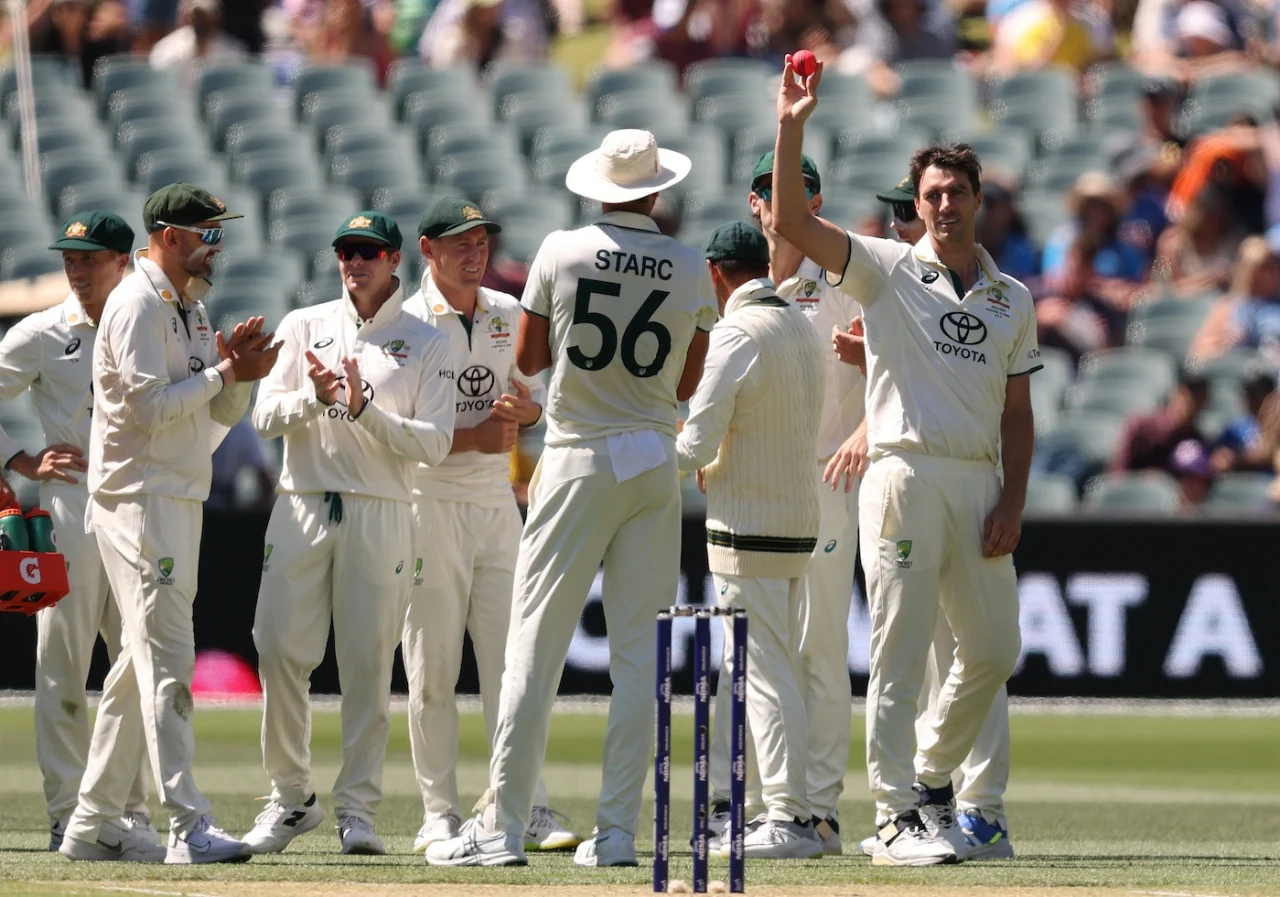
Australian captain Pat Cummins continued to be outstanding with the ball, taking five wickets in an innings for the 12th time since 2018. This puts him at the top for most five-wicket hauls during this period, tied with Nathan Lyon and Taijul Islam. India’s star bowler, Jasprit Bumrah, is close behind with 11 five-wicket hauls in the same time frame. This consistency was the key to the solidity behind Australia’s strength in Test cricket: Cummins in a Test team.
Rare Batting and Bowling Performances in the Test
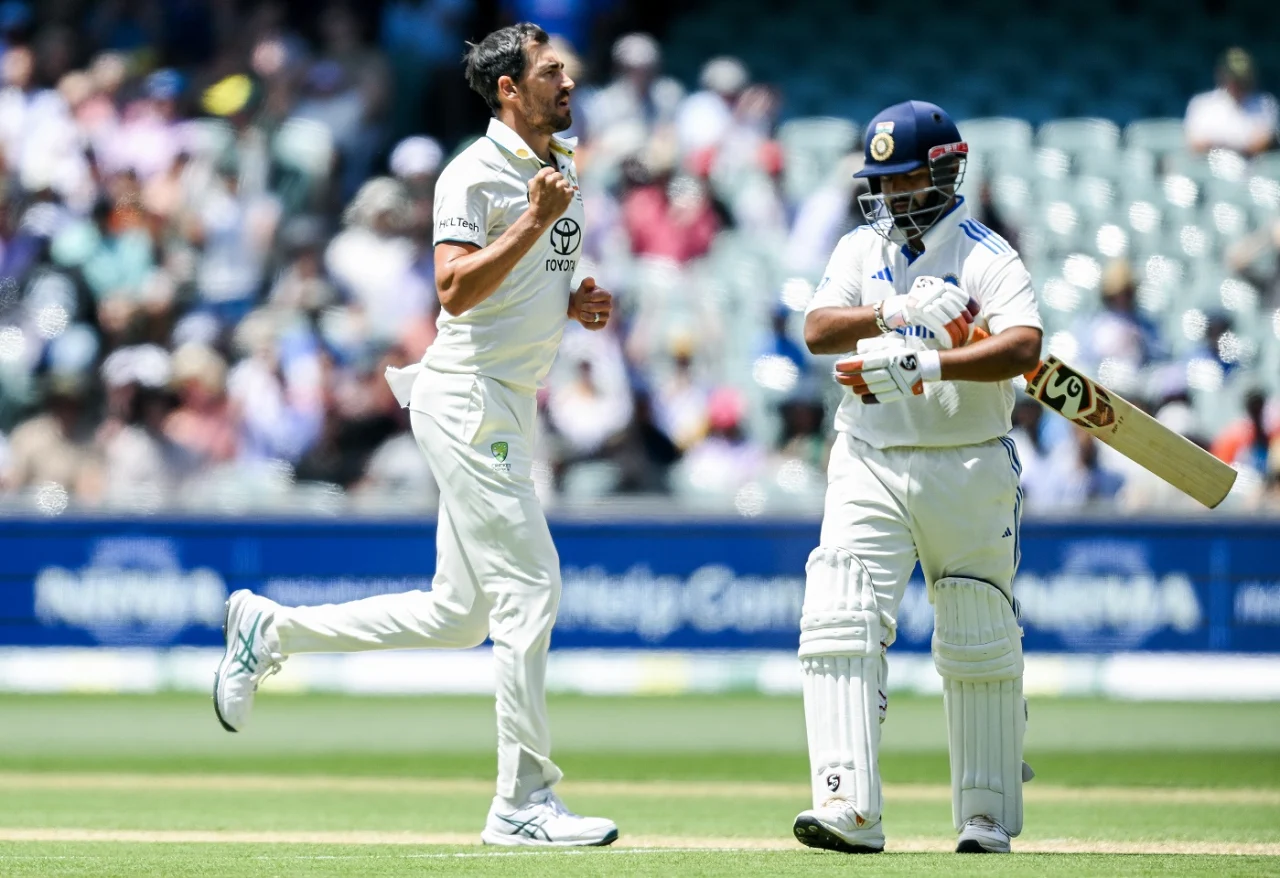
There were a few strange batting positions and some strange bowling contributions on their way to victory during the Adelaide Test. Nitish Kumar Reddy emerged as India’s top scorer in both innings, becoming the fourth man to score the most runs for India in both innings of a Test match when batting from number seven or lower.
Other notable instances include Chandu Borde against England in 1961, MS Dhoni in 2011 at Birmingham, and Ravichandran Ashwin at Lord’s in 2018. Reddy’s performance showcased his growing reputation as an important middle-order batsman for India.
Moreover, Reddy became the second Indian and only the eighth overall player to top-score in three of his first four Test innings. He joined the ranks of Sunil Gavaskar, who achieved the same feat against the West Indies in 1971. Reddy’s consistent form has made him one of the standout performers for India in this series.
Minimal Bowling from Australia’s Second Chance

In what looks like an anomaly, Nathan Lyon and Mitchell Marsh, two of the key bowlers for Australia, collectively bowled only 30 balls in this Test. This is the third-lowest total by Australia since 1903 while bowling as second-change bowlers.
The least number of balls a second-change bowler could contribute in the game was witnessed through the bowing of 18 balls by Mark Waugh and Greg Matthews against England, which happened during the 1911 WACA Test.
Lyon’s achievement becomes remarkable as he only threw six balls in the whole game, which is only two balls more from being the lowest bowl produced by any bowler during Test match play. It was surprising that he wasn’t playing a part in the Adelaide Test, especially considering the importance of his role for Australia’s most successful spinners.
This Test was fast and not only fast but also replete with some statistical oddities and great performances. The way Australia dominated and won the Test by 10 wickets, which was a fine team effort, especially due to excellent bowling from Pat Cummins, who keeps making himself a top bowler in the world. For India, it was a match to forget, as their batting frailties came to the forefront yet again.
The statistical highlights of this Test offer a fascinating glimpse into the dynamics of modern-day Test cricket and the unique nature of this contest at Adelaide Oval. As the series progresses, both teams will be looking to rectify their weaknesses and capitalize on their strengths.
ALSO READ: IND vs AUS: Rohit Sharma’s Struggle Continues On Day 2





